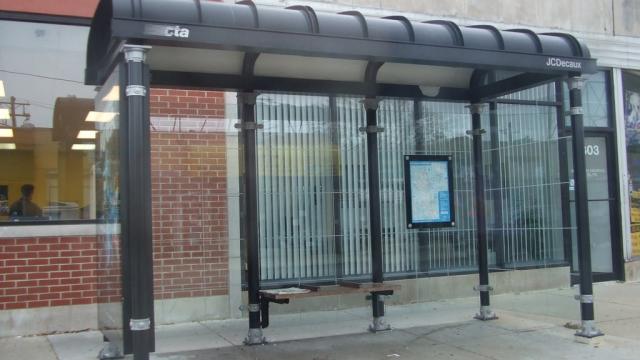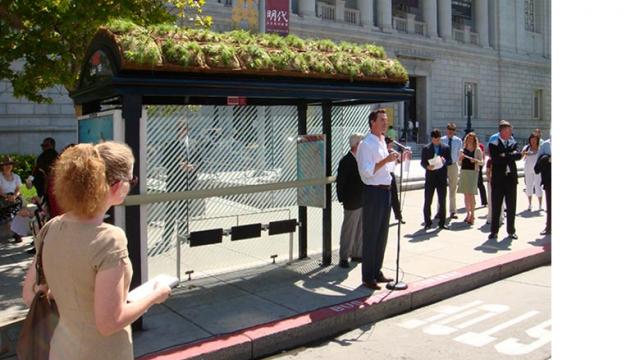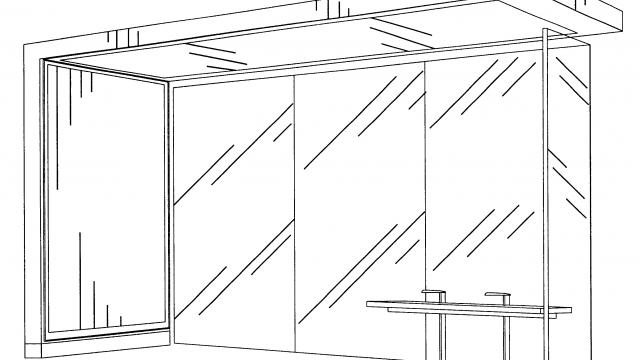In this project, I will be researching various bus shelter designs around the world in comparison to those in New York. I will evaluate the quality of the designs, including the benefits they have and some improvements that can be made. With the information I have gathered, I will then create a new design to better suit the needs of passengers.
Cindaline's work for the Collect Information step:
Summary
All bus shelters serve a similar function: to provide a waiting area located near a bus station or stop.
This interesting strawberry bus stop is located in Konagai, Japan. It is a part of a fruit-themed...
0 comments
This typographical structure spelling the word "BUS" is located in Baltimore. It is built...
This uniquely shaped bus shelter is located in Dubai. Not only does it offer protection from...
Bus shelters can often be viewed as an ideal area in which to provide an eye-catching green space...
Located in London, this fun and interactive, as well as sustainable bus shelter was designed to...
Known as the city's symbol, this tube-shaped station is located in Curitiba, Brazil. Raised...
Located in Arau in Switzerland, this impressive transparent roof shelters passengers from the rail...
Cindaline's work for the Brainstorm Ideas step:
Summary
In order to brainstorm possible bus shelter designs, I referred to my research in the Collect Info step.
The location I chose for my bus stop is reasonable due to its surrounding buildings and facilities...
Necessities the bus shelter should have include:
- Seats/Place to sit
- Windows
- Protection/...
The bus shelter should accommodate at least ten people, with each person occupying about two feet...
This is my first bus shelter design. It is simple and is similar to that of today's bus...
My second bus shelter design has a unique oval-like shape. It is supported on all sides with an...
The third design I came up with is meant to accommodate more people. There are much more seats...
Bus shelters must endure various changes in weather as well as the commuters who utilize it. The...
















